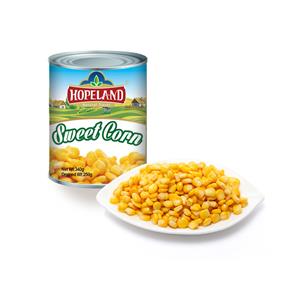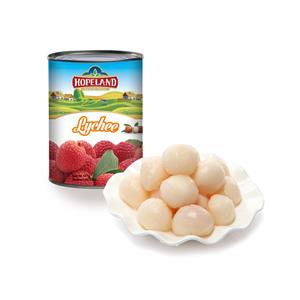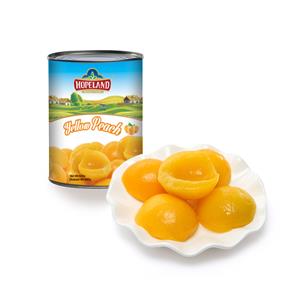Global Cherry Production in 2025: A Season of Shortfall
Cherries are a fruit that depend heavily on consistent climatic conditions. They are particularly vulnerable to spring weather extremes, as frost damage during the delicate blooming and early fruiting stages can wipe out entire orchards. Unfortunately, the 2025 season saw exactly that scenario unfold across multiple producing regions.
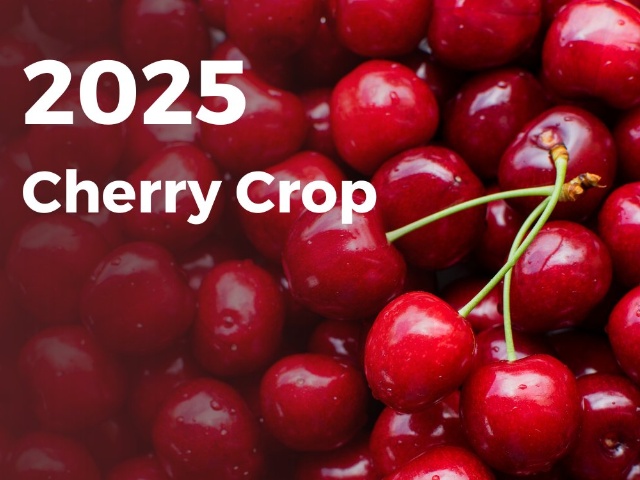
Türkiye: The Epicenter of Crop Loss
Türkiye is traditionally one of the world’s top cherry exporters, supplying both fresh and processed fruit to markets across Europe, the Middle East, and Asia. However, this year the country faced the harshest spring frost in three decades. Provinces such as Afyon, Denizli, and Manisa were hit especially hard. Reports from local grower associations suggest that between 70% and 80% of production has been lost in some orchards, with smaller family-owned farms facing near-total devastation.
This level of loss is not only an economic setback for farmers but also a blow to global supply chains. For years, Türkiye has been a dependable partner for European importers who rely on Turkish cherries to fill shelves during the peak summer season. The absence of this supply has pushed European buyers into fierce competition for whatever limited fruit remains available.
Italy: Puglia’s Painful Loss
In Italy, another key European producer, the Puglia region was badly affected by erratic spring weather. Early cherry varieties were particularly vulnerable, and many orchards reported complete loss of those crops. While later-season varieties survived to some extent, overall output is far below normal expectations. For Italian growers, this represents both financial strain and missed opportunities in a market where high demand could have delivered strong revenues—if only they had the fruit to sell.
Europe’s Rising Prices
The direct outcome of these production shortfalls has been a sharp increase in prices across European markets. Fresh cherries are now retailing at €25–30 per kilogram in many countries, levels that are unsustainable for many consumers and foodservice buyers. This surge in price not only reflects scarcity but also the additional logistical costs associated with sourcing fruit from farther afield, including imports from South America or Central Asia.
China’s Cherry Harvest: A More Balanced Outcome
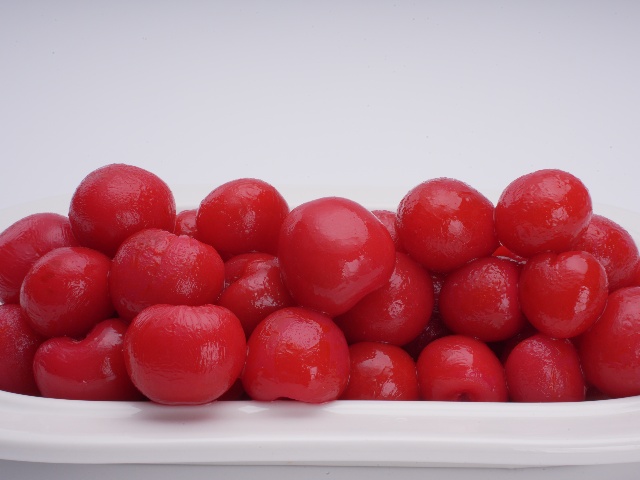
Unlike Europe and Türkiye, China’s cherry industry has managed to avoid catastrophic losses, although it too has felt the effects of unpredictable weather. Irregular spring temperatures impacted some orchards, leading to lower yields in select regions. Yet the country’s vast geography, coupled with advancements in agricultural management, meant that the damage was uneven rather than universal.
Diversified Production Regions
China’s cherry production is spread across several provinces, including Shandong, Liaoning, and Shaanxi. This geographic spread has acted as a buffer: when one region suffers a poor season, others can compensate to some extent. In 2025, while certain areas reported decreased output, others remained relatively unaffected, ensuring that overall national production levels, while somewhat reduced, were not catastrophic.
Strength in Processed Formats
Another key advantage for China is its robust food processing sector. Even when fresh fruit availability tightens, the country’s established canned fruit industry provides a stable channel for cherries to reach international buyers. For many importers, especially those supplying retail or foodservice operations, canned cherries offer a cost-effective and shelf-stable alternative to fresh imports. This year, while the fresh cherry market faces volatility, canned cherries from China remain accessible in significant quantities.
The Impact on Global Trade and Supply Chains
The 2025 cherry shortage is not merely a story of agriculture; it is also a lesson in global trade dynamics. With Europe and Türkiye struggling, buyers are increasingly turning to alternative sources.
Shifts in Import Patterns
Importers in Europe, the Middle East, and even North America are now exploring deals with suppliers in Central Asia, South America, and, importantly, China. While long-distance logistics raise costs, the urgency of filling demand means buyers are willing to adapt. This shift is reshaping traditional trade flows, creating new opportunities for non-European suppliers to capture market share.
Pressure on Retail and Foodservice
For retailers, the lack of fresh cherries is a challenge to consumer expectations. Cherries are a symbolic summer fruit, and their absence—or exorbitant pricing—can disappoint shoppers. Foodservice operators, particularly bakeries, cafes, and restaurants that use cherries in desserts and beverages, are also under pressure. Many are pivoting to frozen or canned options, where China once again plays an important role as a consistent supplier.
China’s Strategic Position in the 2025 Market
So why exactly is China able to provide stability when other regions are faltering? Several structural factors contribute to this resilience.
Investment in Orchard Management
Over the past two decades, China has invested heavily in modernizing its fruit industry. Orchard management practices, protective infrastructure such as frost nets, and irrigation systems have all improved yield reliability. While no system can eliminate weather risks entirely, these investments reduce the scale of losses compared to traditional methods.
Scale and Processing Infrastructure
China is home to one of the world’s largest canned fruit industries, with extensive facilities capable of processing a wide range of fruits, including cherries. This infrastructure ensures that surplus or second-grade cherries unsuitable for fresh markets are not wasted but instead transformed into value-added products like canned cherries, cherry compotes, and fillings for bakery applications.
Export-Friendly Policies
Chinese exporters have also benefited from supportive trade policies and established logistics networks. Even in years of reduced production, the government and industry groups work to maintain stable export volumes, reinforcing China’s reputation as a dependable supplier.
The Role of Canned Cherries in 2025
While fresh cherries command headlines due to their dramatic price swings, canned cherries are quietly becoming the backbone of global supply during this shortage.
Advantages for Buyers
Canned cherries provide multiple advantages:
Long Shelf Life: Unlike fresh cherries, which must be consumed within days, canned cherries can be stored for months or even years.
Stable Pricing: Because they are processed during the harvest season, canned cherries are less susceptible to price volatility later in the year.
Versatility: They can be used in baked goods, desserts, beverages, and even savory dishes.
China’s Leading Role
In 2025, China is one of the few countries able to offer canned cherries at scale. With steady output and competitive pricing, Chinese canned cherries are filling gaps in markets where fresh supply has collapsed. This is particularly relevant for industrial buyers, such as bakery chains and foodservice distributors, who need reliable volumes for recipes and menus.
Looking Ahead: What Does the Future Hold?
The challenges of the 2025 cherry season highlight broader issues that the industry must address in the coming years.
Climate Change and Production Risks
Climate volatility is not a one-off event. As global weather patterns become more unpredictable, cherry growers worldwide will need to adopt new strategies to safeguard crops. Protective infrastructure, crop insurance, and research into more resilient varieties will all be critical.
The Rise of Processed Formats
Consumer preferences may also adapt. With fresh cherry prices likely to remain high in the near term, demand for processed formats—including canned, frozen, and dried cherries—may grow. China’s role in this segment will only become more significant as buyers seek stable supply.
Opportunities for Global Collaboration
Finally, the global shortage underscores the interconnectedness of agricultural trade. No single country can insulate itself entirely from climate risks, but through cooperation—whether in research, trade agreements, or sustainability initiatives—the industry can build resilience.
Conclusion
The 2025 cherry harvest has been a sobering reminder of how fragile global agriculture can be in the face of climate challenges. Europe and Türkiye, once reliable sources of cherries, have seen their crops devastated by spring frosts, leading to unprecedented price spikes and strained supply chains. Yet amid this turbulence, China has demonstrated a capacity for balance. Its diversified production regions, strong processing industry, and reliable export infrastructure have enabled it to maintain supply—particularly in the form of canned cherries.
For international buyers, this is a vital lifeline. While the fresh cherry market remains unpredictable, processed cherries from China provide a stable and accessible alternative. Looking forward, the industry will need to adapt to ongoing climate challenges, but for now, China stands out as a crucial anchor in an otherwise volatile global market.

